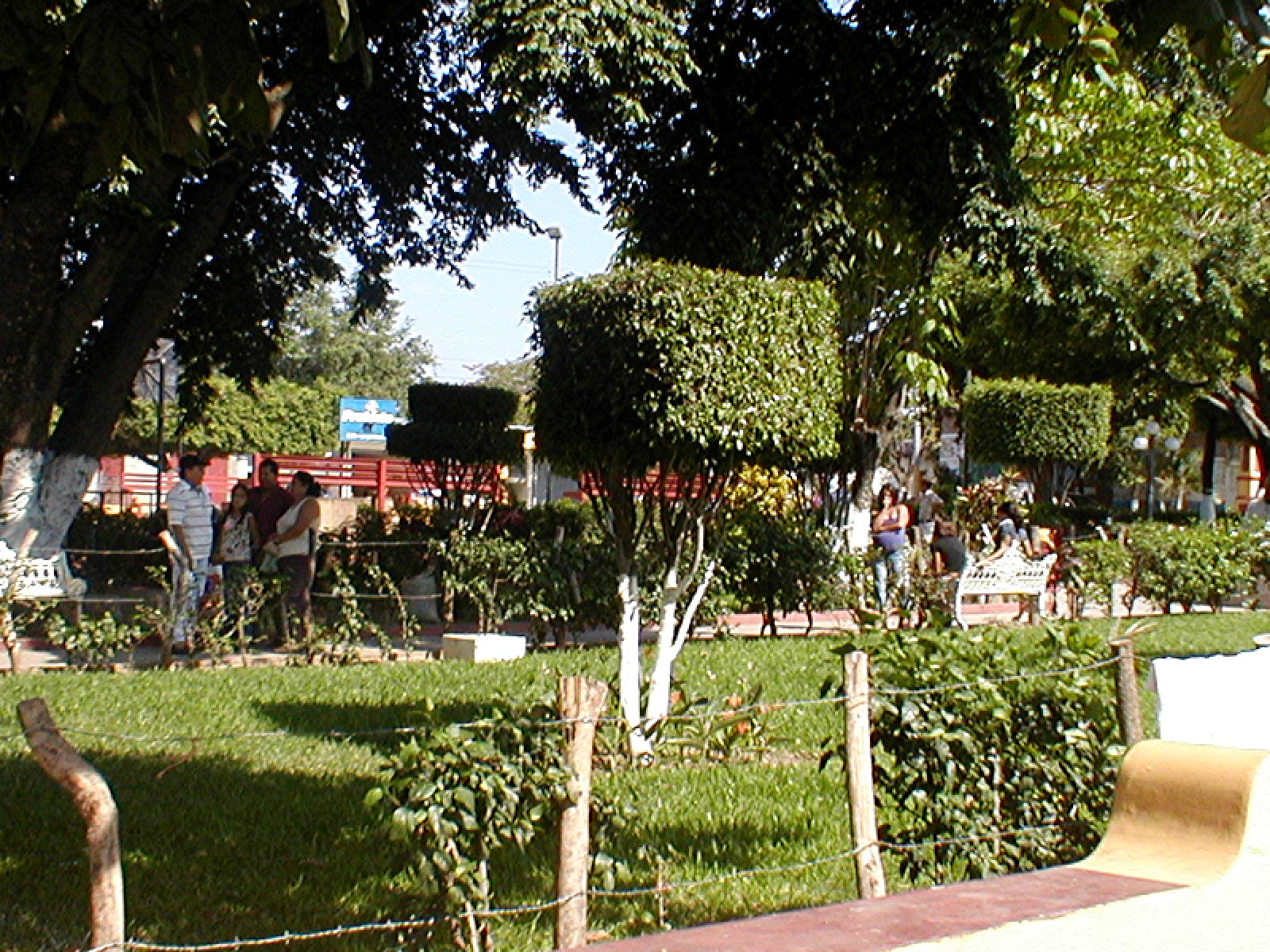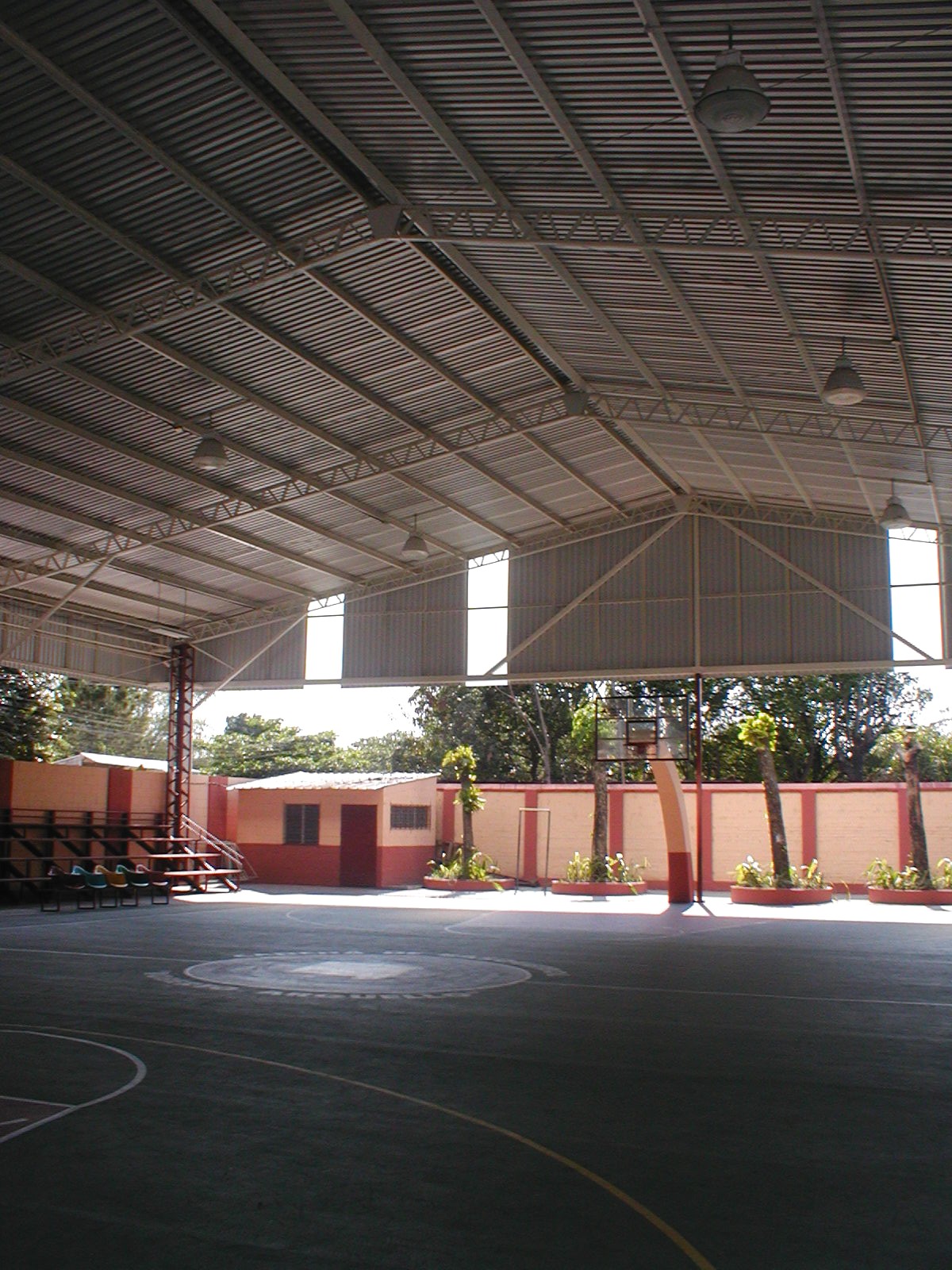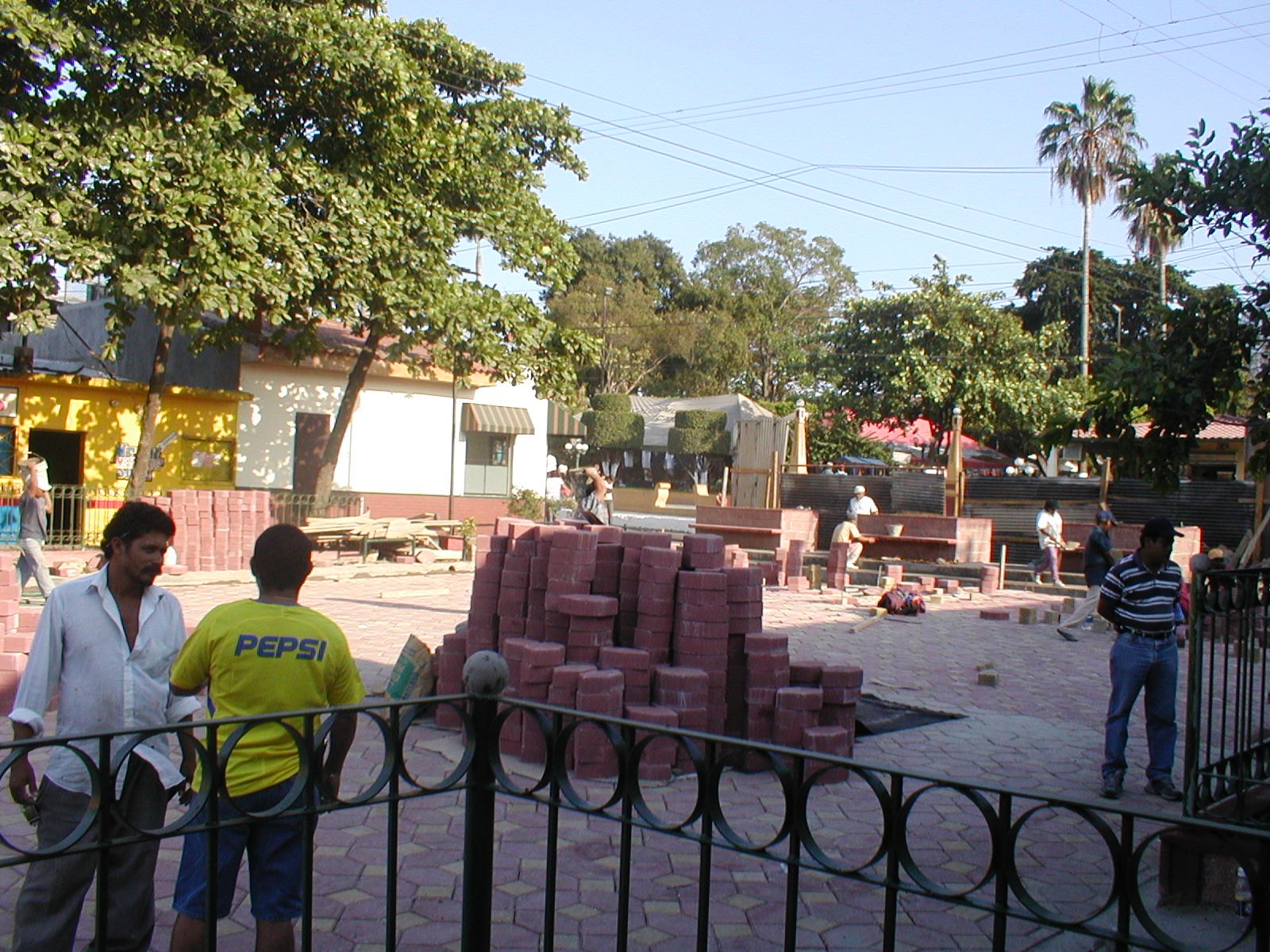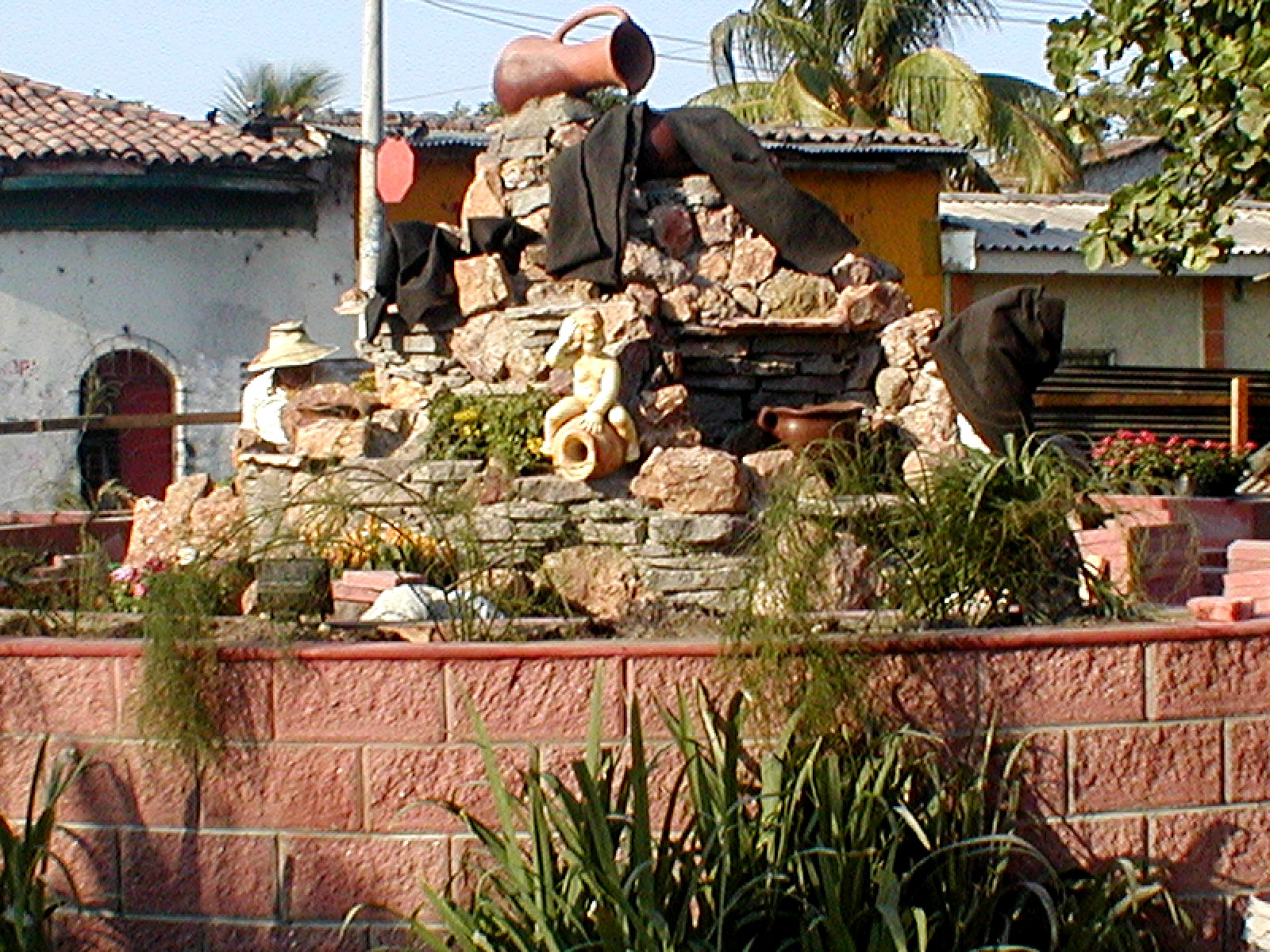Quezaltepeque was the most physically beautiful place we visited in El Salvador, which is saying something, since it’s also home to a very large number of deported gang members from Los Angeles. When illegal Salvadorans are arrested and convicted in the United States for criminal offenses, they’re deported back to El Salvador after serving their sentence. There are likely more than 17,000 gang members living in El Salvador today, the majority of them former gang members deported from the United States. To those gang members who traveled to the U.S. as children, El Salvador is a foreign country, and they return as penniless young immigrants told to fend for themselves. So they do what they know, they rejoin their gang. But the gangs also recruit Salvadorans who have never left home; in a country where the median age is 19 and the poverty rate is Quezaltepeque was a city suffering the predictable ill effects of this situation when Mayor Manuel was elected. A Sandanista combatant in Nicaragua for six years, an FMLN guerrilla for another stretch, Mayor Manuel was someone who knew how to work with disenfranchised young men. He collected money from citizens, then recruited former gang members to build a huge, covered basketball court (above right), soccer fields and skateboard ramps. Not only did the young men learn building skills, they also helped to build something that former young Los Angelenos would find intensely interesting. The park is beautiful (top), with permanent buildings and tents for vendors and playground equipment for children (right) A new plaza in front of the Catholic church is the latest project (below left). Because Quezaltepeque was known as the home of many potters, the new fountain is a tribute to them (below right).





